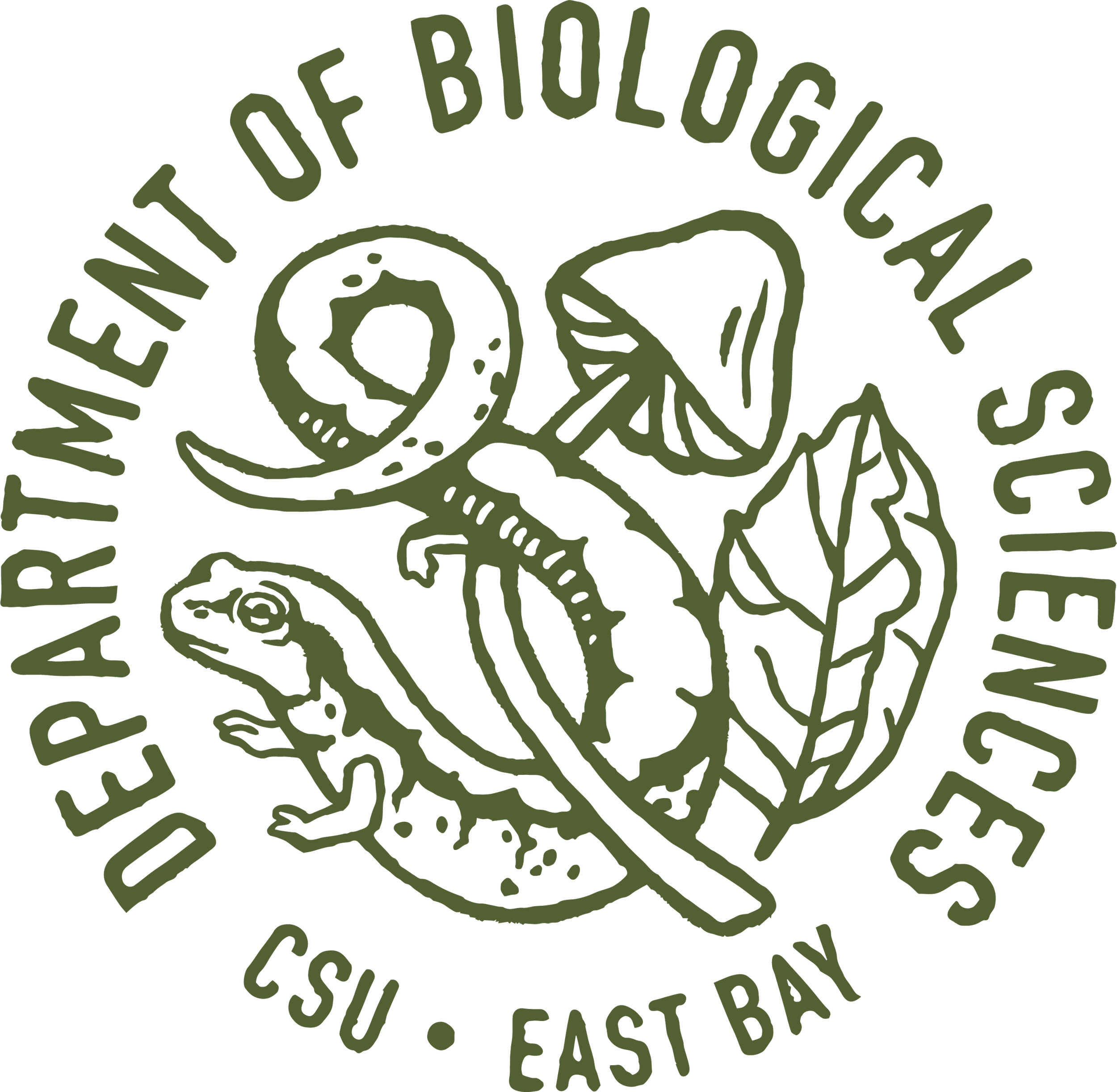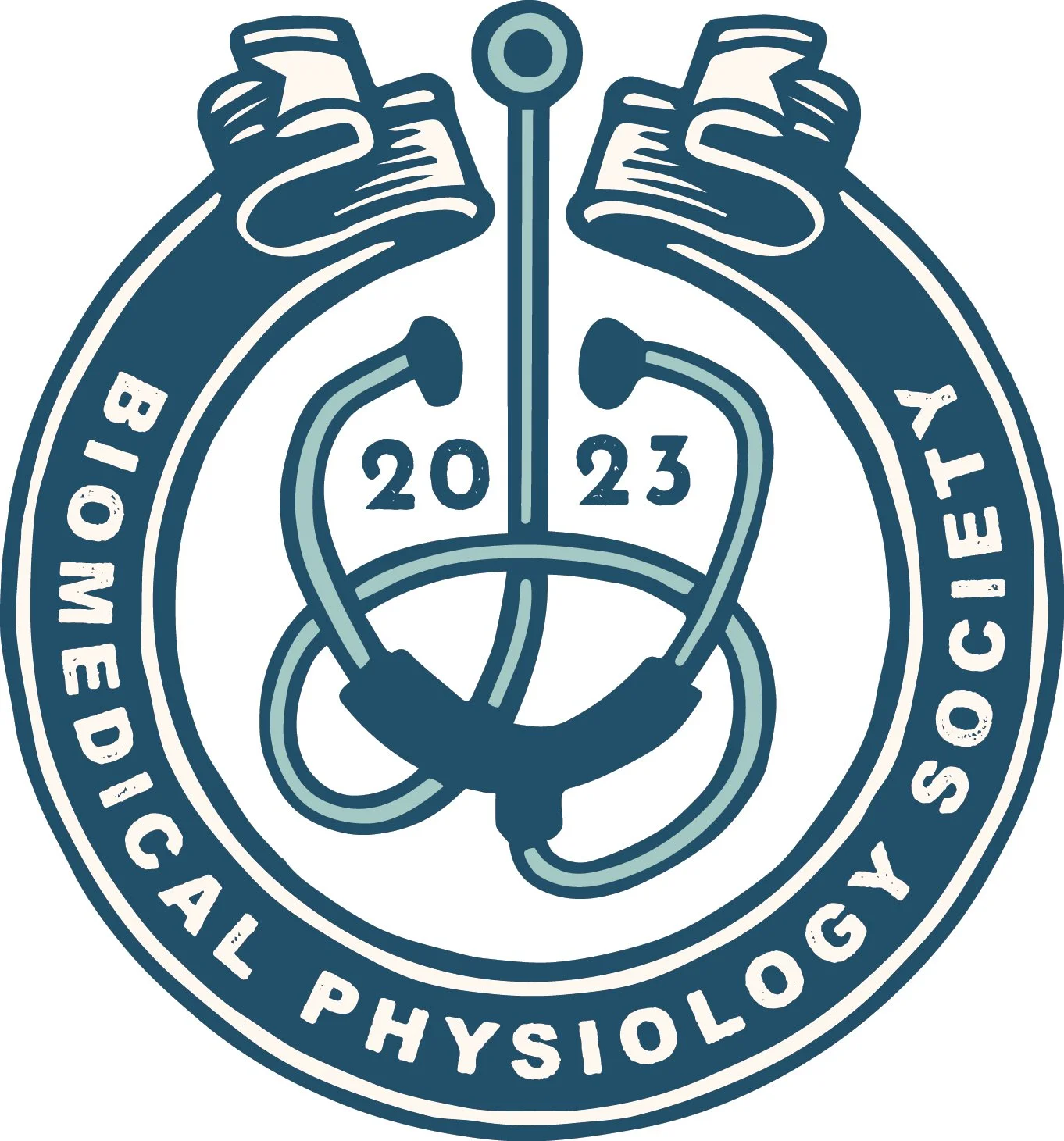Laboratory Branding Ideas and Logo Inspiration for Strong Brand Identity
Laboratory Branding Ideas and Logo Inspiration for Strong Brand Identity
So, you want your science to stand out, whether that’s to attract new collaborators or new students. Did you know one of the best ways you can do that is through branding?
Think about this, a strong brand identity can set your lab apart in a crowded field, establish trust, and communicate your values to the world. Beyond aesthetics, branding shapes perceptions, builds connections, and positions your lab as a leader in the field.
What’s more, a compelling brand can help bridge the gap between complex research and real-world impact. It’s about more than recognition. It’s about clearly communicating your story and values in a compelling way. This is how your lab sets itself apart as trustworthy, leading to greater influence and opportunities for collaboration and funding.
But what does it take to stand out with an exceptional brand for your lab?
How can you ensure your branding communicates innovation, reliability, and expertise?
This post covers essential branding strategies and proven techniques to build a compelling laboratory brand identity that resonates with your stakeholders and sets you apart in the scientific community.
Defining Your Laboratory’s Mission and Vision
“All the unique and exciting parts of your lab can be incorporated into your brand through visuals, illustrations, color palette and more.”
Crafting a Compelling Mission Statement
Your mission statement is the heart of your laboratory’s identity.
It’s not just about what you do, but why you do it. Whether your lab is tackling global health challenges, developing cutting-edge AI for diagnostics, or pioneering sustainable materials, your mission should encapsulate your purpose in a way that resonates both internally and externally.
A powerful mission statement inspires your team and attracts like-minded collaborators.
How a Clear Vision Guides Your Branding Efforts
A clear vision isn’t just aspirational—it’s directional.
It gives your team a shared goal while informing every aspect of your branding, from your messaging to your visual elements. A strong vision ensures that your brand evolves with purpose, maintaining coherence even as your lab grows.
Your vision should answer, “What impact do we want to leave on the world?” and serve as a North Star for strategic decisions.
Understanding Your Target Audience
Identifying Key Stakeholders: Scientists, Partners, and Clients
Laboratories don’t operate in a vacuum.
Your audience might include fellow researchers, funding partners, regulatory bodies, or even the curious public. Identifying these stakeholders helps refine your branding to address their specific needs and expectations. Consider creating audience personas to better understand their goals, pain points, and how your lab fits into their vision.
Tailoring Your Brand Message to Fit Different Audiences
Different audiences require different approaches in how you frame your messaging.
Scientists may value precision and detail, while potential partners might prioritize innovation and results. Regulatory bodies want adherence to standards and/or applicability to policy, while the public often seeks digestible information and impact stories. Tailoring your tone, content, and style ensures your message lands with maximum impact.
Think of it as speaking different dialects of the same language. The most successful lab brands consider this from the start to maintain the brand across these different cohorts of the audience.
Creating a Memorable Logo
We love how logos are unique and provide an immediate narrative for the brand. All of these logos were made for our clients👇
Designing a Logo That Reflects Innovation and Precision
As we outlined in How To Create a Lab Logo Design for a Bigger Impact, this design element of your brand matters.
A logo is your visual handshake—it’s how people recognize and remember you.
For a laboratory, the logo should symbolize innovation, accuracy, and trust.
A strong logo is simple, versatile, and scalable, ensuring it looks sharp on everything from business cards to building signage.
Developing a Unique Brand Voice
Serious or Approachable? Finding the Right Tone for Your Lab
Should your lab’s tone be authoritative and professional, or approachable and inspiring?
A genetics lab might lean toward a serious tone, emphasizing cutting-edge techniques and trail-blazing science, while a community-focused environmental lab might adopt a warmer, conversational voice that invites engagement. But more important than what your lab does, consider what feels right for the voice of your brand to you.
Start with your “why” and the vision for your lab.
Crafting Messaging That Resonates Across Channels
From your website to social media, the brand voice of the lab should remain consistent.
When it comes to science communication, clear, jargon-free language can make even the most complex topics accessible, building trust across diverse audiences.
Use storytelling to connect emotionally while delivering valuable insights that showcase your expertise.
Building a Modern, Professional Website
Key Features Every Laboratory Website Needs
Your lab website shouldn’t just be a digital brochure, it should be a hub of trust and authority.
Essential features include:
A clear mission statement, either explicitly stated or demonstrated through your headlines and brand messaging.
Details about your research team.
Funding information about existing funders and for those who are interested in contributing.
Easy, clear navigation.
Case studies or publications that showcase expertise.
Up-to-date news and accomplishments from your lab
“Have fun with your lab website! Don’t be afraid to add bold colors, engaging photographs, and illustrations to make it pop.”
For more key features to include in your lab website, read this post here.
Add a FAQ section to address common inquiries if you find patterns in the incoming messages you get over and over, and a blog to share updates and thought leadership.
Creating a User Experience That Builds Trust
Professionalism is in the details. Ensure your website is mobile-friendly, fast-loading, and visually appealing.
Highlight your certifications, partnerships, and any awards to reinforce credibility.
Interactive elements like virtual lab tours or contact forms can enhance engagement and build relationships.
Social Media for Scientific Branding
Choosing the Right Platforms for Your Laboratory
LinkedIn for networking, Bluesky for academic conversations, and Instagram for visual storytelling—each platform serves a purpose.
Focus on where your audience is most active. For example, use LinkedIn to share research breakthroughs and professional milestones, while Instagram can showcase stories of day-to-day lab life and milestones. The most successful lab brands share glimpses into their worlds, even if it’s infrequent due to all the other responsibilities and work you have.
Sharing Content That Positions Your Lab as an Authority
Post groundbreaking research, behind-the-scenes photos, and thought leadership pieces.
Consistently sharing valuable content builds your lab’s reputation as a leader in its field.
Consider live Q&A sessions or collaborations with other thought leaders to expand your reach and credibility.
Showcasing Innovation Through Visual Storytelling
The Power of Infographics and Data Visualizations
Complex data can be intimidating.
Infographics break it down into digestible, visually engaging pieces, making your research more accessible and shareable. Infographics not only inform but also drive engagement on platforms like LinkedIn and Instagram.
Sharing Behind-the-Scenes Lab Footage to Build Trust
Videos or photos of your team at work provide transparency and humanize your lab. They show the passion and rigor behind your research, building trust with your audience. Highlight milestones like experiments, discoveries, or team celebrations to showcase your lab’s personality.
Custom Lab Gear and Merchandise
Branded Lab Coats, Equipment, and Swag
Science is officially trendy, especially when you have cool art to rep in your day-to-day.
A lab coat with your logo isn’t just functional for your work—it’s a walking billboard. Branded equipment and swag can foster team unity and increase brand visibility at conferences and events.
Consider items like notebooks, pens, or even get creative and find reusable lab supplies that you can brand and emphasize your commitment to sustainability.
How Branded Items Create Unity and Recognition
Merchandise builds a sense of belonging among your team and helps others immediately recognize your lab in collaborative settings.
It’s also a great way to engage with external stakeholders. When you’ve put the investment into creating a brand that’s visually appealing and really pops, you’ll have swag that people will really want.
Developing Thought Leadership
Publishing White Papers, Case Studies, and Blogs
Share your expertise through detailed, authoritative content. Create a blog to demonstrate your expertise and overtime you’ll build your online reputation too.
Thought leadership not only boosts your credibility but positions your lab as a go-to resource in your industry. White papers and case studies provide in-depth insights that appeal to scientific and business audiences alike.
Hosting Webinars and Conferences to Build Authority
Events showcase your knowledge and create opportunities for collaboration.
They’re also a chance to reinforce your brand’s values and mission. You can record and share these events on your website or social platforms for additional exposure.
Sustainability and Ethical Practices in Branding
Highlighting Eco-Friendly Lab Practices
From reducing waste to using sustainable materials, eco-conscious practices are a branding goldmine.
They reflect your lab’s commitment to global responsibility. Highlight initiatives like energy-efficient equipment or recycling programs to inspire trust and admiration.
Communicating Your Commitment to Ethical Research
Transparency about your methods and adherence to ethical guidelines demonstrates integrity, an essential component of trust in the scientific community. Share your protocols or ethical review processes to underline your commitment to doing good science responsibly.
Measuring Brand Success
Metrics to Track: Awareness, Engagement, and Loyalty
How do you know that the effort you put into your lab brand is working?
By measuring and managing it.
Use tools like Google Analytics, social media insights, and surveys to measure how well your brand is resonating. Overall awareness and engagement are key metrics for assessing reach and impact, while loyalty indicators, like repeat commentators, collaborations, or positive testimonials, show deeper connections.
Tools and Techniques for Monitoring Brand Performance
Platforms like Hootsuite or HubSpot can streamline your analytics, offering valuable insights into what’s working—and what’s not across all of your online channels.
Schedule this time as you would any other meeting with your team to regularly review these metrics to refine your strategies and stay ahead of the curve.
Rebranding a Lab: When and How to Do It
Signs It’s Time to Refresh Your Brand
An outdated logo, inconsistent messaging, or a shift in focus are signs your brand needs a revamp. Rebranding keeps your lab relevant and aligned with its mission. Industry shifts or feedback from stakeholders can also indicate it’s time for a refresh.
Best Practices for a Seamless Rebranding Process
Involve your team, consult experts, and communicate changes clearly to your audience. Gradual rollouts can minimize disruption. Use the opportunity to engage your audience and spotlight new achievements or directions.
Leveraging Partnerships for Branding
Collaborating With Universities and Research Institutions
Partnerships amplify your reach and credibility. A joint study or event can spotlight your lab’s capabilities and foster mutual growth. Highlight these collaborations on your website or social platforms to showcase your influence.
Co-Branding Opportunities With Industry Leaders
Collaborating with well-known companies elevates your brand by association.
It’s a win-win that can open doors to new audiences and funding opportunities.
Co-branded initiatives or projects can also lead to innovative solutions and increased visibility.
Using Testimonials and Case Studies
How Client and Partner Stories Strengthen Credibility
Real-world success stories validate your work. Testimonials and case studies provide tangible proof of your lab’s expertise. Highlight these stories across all platforms to create a compelling narrative around your achievements.
Gathering and Showcasing Feedback Effectively
Proactively seek feedback and display it on your website or marketing materials. Positive reviews build trust and attract more clients. Make it easy for stakeholders to share their experiences with you.
Maintaining Brand Consistency Across Channels
“When your brand is visually consistent across channels, it really solidifies your brand and helps your audience find and identify you no matter where they are.”
Creating a Brand Style Guide for Your Laboratory
A style guide ensures consistency in tone, visuals, and messaging across all platforms. It’s a key tool for building a recognizable, trustworthy brand. Include guidelines for logo usage, typography, color palettes, and tone.
Training Employees to Represent the Brand
Your team is the face of your lab. Training them to embody your brand values ensures every interaction strengthens your identity. Provide ongoing education and resources to help them act as positive brand ambassadors.
Building a strong brand identity for your laboratory is an ongoing journey, one that evolves with your goals and achievements.
By crafting a cohesive and innovative brand, you inspire confidence, foster trust, and solidify your position in the scientific community.
In a world driven by discovery, let your lab’s brand be as groundbreaking as its research.
From the smallest details to the broadest strokes, your brand can leave a legacy as enduring as your breakthroughs.
When you’re ready to make your lab’s brand shine, partner with Impact Media Lab to amplify your story.
Let’s collaborate to transform each breakthrough into a lasting impact.
About the author
Impact Media Lab is a small-but-mighty creative team specializing in science brands, media, and strategy. We believe science can lead to seismic shifts in how we understand the world, but it takes great communication to make it happen.






